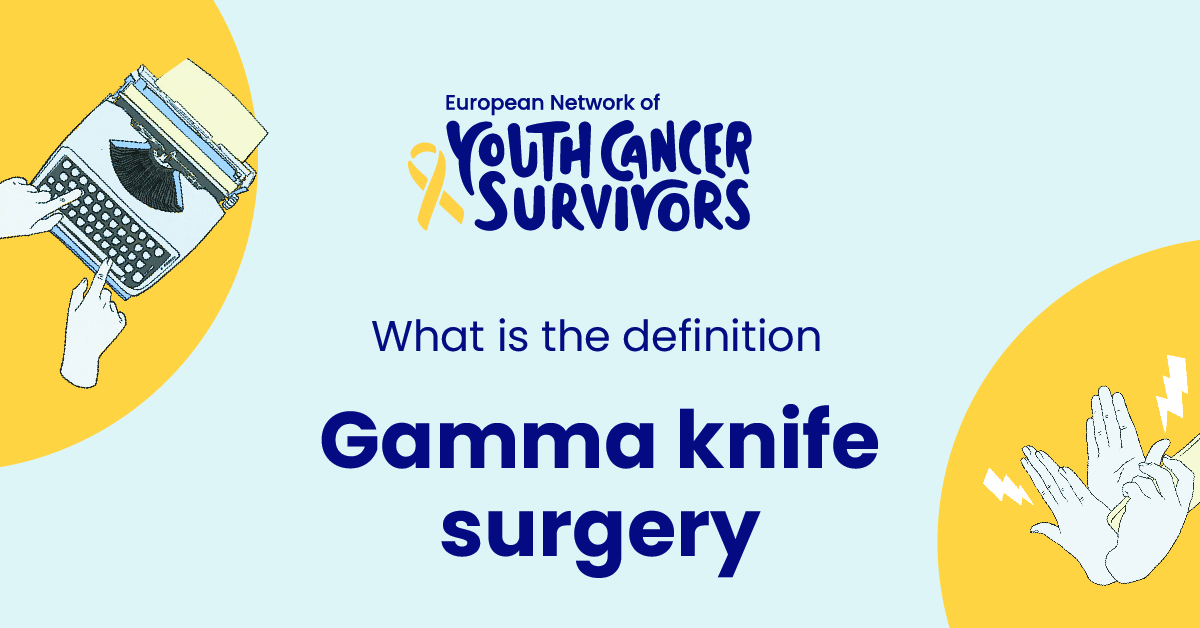
The advances in medical technology have always been in a continuous trajectory, shaping healthcare in ways only imagined a few decades ago. One such revolutionary technology is the invention of Gamma Knife Surgery. This article aims to provide a detailed and comprehensive understanding of Gamma Knife Surgery, its historical evolution, subsequent gains in the healthcare industry, and the numerous conditions it treats today.
What is Gamma Knife Surgery?
Gamma Knife Surgery isn’t actual surgery in the conventional sense. Contrarily, it is a type of high-precision, non-invasive, radiation therapy designed to treat and manage various brain conditions. Despite its name, the procedure uses no scalpel or knife. Instead, it employs concentrated gamma radiation beams to target and dissolve the abnormal cells.
Historical Background of Gamma Knife Surgery
The conception of Gamma Knife Surgery dates back to the early 1950s in Sweden. A Swedish neurosurgeon, Professor Lars Leksell, envisioned a non-invasive method to treat lesions and abnormalities in the brain, leading to the birth of Gamma Knife Surgery. The first Gamma Knife procedure was performed in 1951. Since then, with technological evolution and intensive research, it has progressively grown to be an innovative treatment option for brain disorders.
How Gamma Knife Surgery Works
The process of Gamma Knife Surgery encompasses several stages: planning, treatment delivery, and postoperative care. Prior to the surgery, detailed brain imaging is utilized to identify the target area. During the procedure, the patient’s head is immobilized, and computer-controlled gamma rays are directed to the target site without harming surrounding healthy tissues. Post-surgical care typically includes monitoring and periodic follow-ups. The science behind this treatment can be summed up as the precise and localized delivery of radiation.
The Role of Gamma Knife Surgery in Healthcare
Over time, Gamma Knife Surgery has proven to be a significant advancement in the field of healthcare. It has become an effective treatment option for numerous brain conditions, such as tumors, vascular malformations, and certain neurological conditions like Trigeminal Neuralgia and Parkinson’s disease. The treatment’s success rates for different conditions vary, yet they consistently demonstrate higher effectiveness than most traditional procedures.
Benefits and Risks of Gamma Knife Surgery
The highlights of Gamma Knife Surgery include its non-invasive nature, high precision, lower risk of complications, and quicker recovery times compared to traditional surgery. However, it’s not without risksand potential side effects that might include swelling, nausea, fatigue, and rarely, neurological complications. When compared with other treatment options, such as conventional surgery or whole brain radiation, Gamma Knife Surgery maintains a strong advantage due to its targeted treatment and fewer long-term side effects.
A Step-by-Step Guide to the Gamma Knife Surgery Process
Preparation for Gamma Knife Surgery involves preoperative assessment, imaging studies, and consent process. On the day of the procedure, after immobilizing the head, the treatment is delivered, usually lasting between one to four hours. Post surgery, the patient may require a short period of observation before discharge home, and follow-up appointments are scheduled.
Get to know us better
If you are reading this, you are in the right place – we do not care who you are and what you do, press the button and follow discussions live

Patient’s Perspective on Gamma Knife Surgery
Patients who have undergone Gamma Knife Surgery often report a positive experience. Many describe it as a painless procedure with a minimal impact on their daily lives. Studies show that, post treatment, many patients experience an improvement in their quality of life due to effective disease control.
Conclusion
Gamma Knife Surgery represents a monumental progression in the field of healthcare. Its precision, non-invasive nature, and effective treatment outcomes make it an evolving alternative to traditional brain surgery for numerous conditions. As healthcare technology continues to advance, the potential of Gamma Knife Surgery continues to show a promising future.
Frequently Asked Questions (FAQs)
- What conditions can Gamma Knife Surgery treat?
Gamma Knife Surgery can treat various brain conditions, including tumors, vascular malformations, and specific neurological conditions such as Trigeminal Neuralgia and Parkinson’s disease.
- How long does a Gamma Knife Surgery session last?
Treatment time varies with individual case complexities, yet generally, a Gamma Knife Surgery procedure lasts between one to four hours.
- What are the potential side effects of Gamma Knife Surgery?
While most people do not experience serious side effects, some may experience swelling, nausea, or fatigue. Rarely, neurological complications may occur.
- How does Gamma Knife Surgery differ from traditional surgery?
Unlike traditional surgery, Gamma Knife Surgery is non-invasive and employs concentrated beams of Gamma radiations to treat brain conditions, ensuring precise intervention and minimal harm to surrounding tissues.
- Is Gamma Knife Surgery covered by insurance?
Coverage for Gamma Knife Surgery varies among providers, so it’s important to check with your specific insurance provider for precise details.

















Comments
Thank you. Comment sent for approval.
Something is wrong, try again later